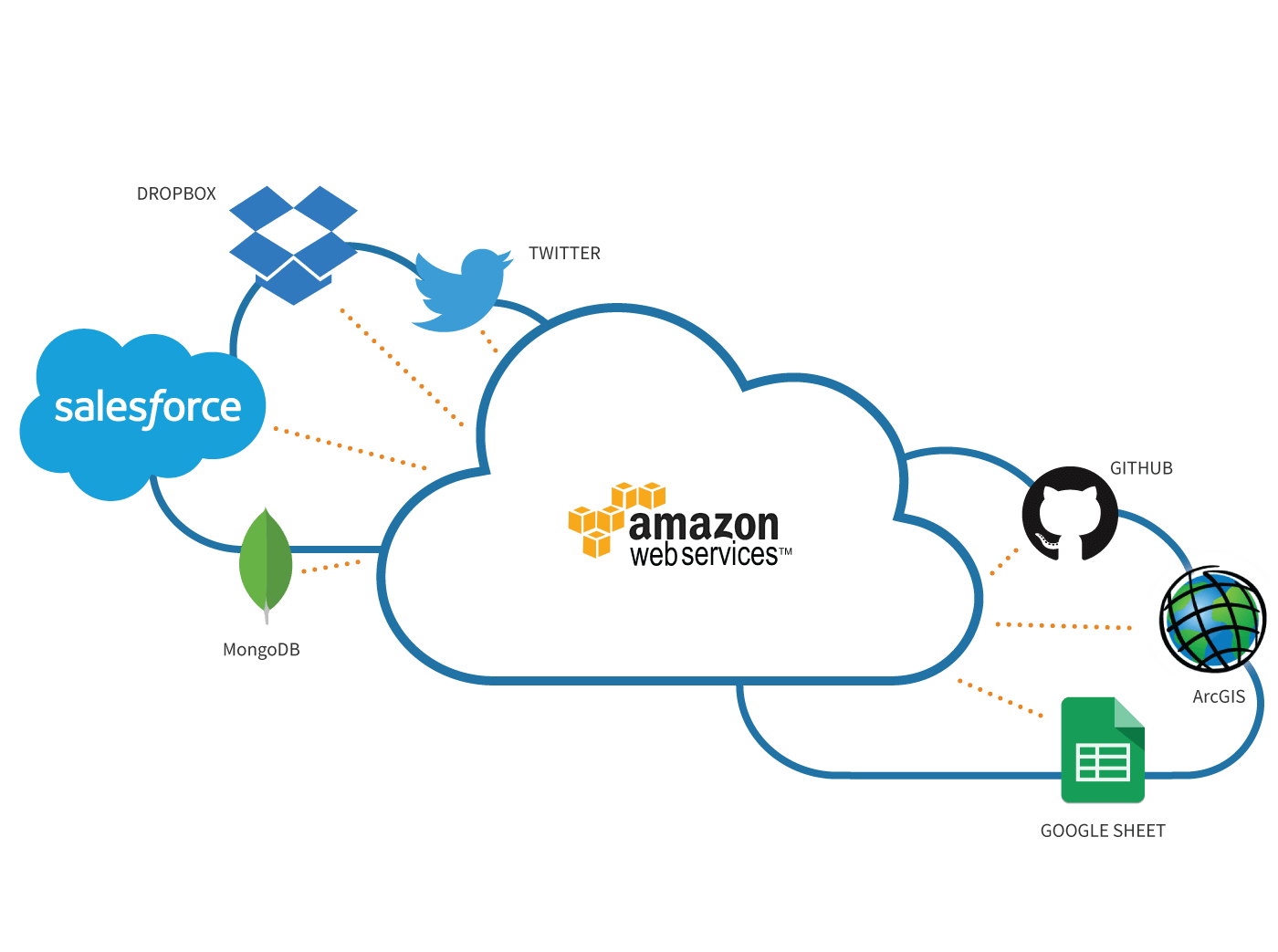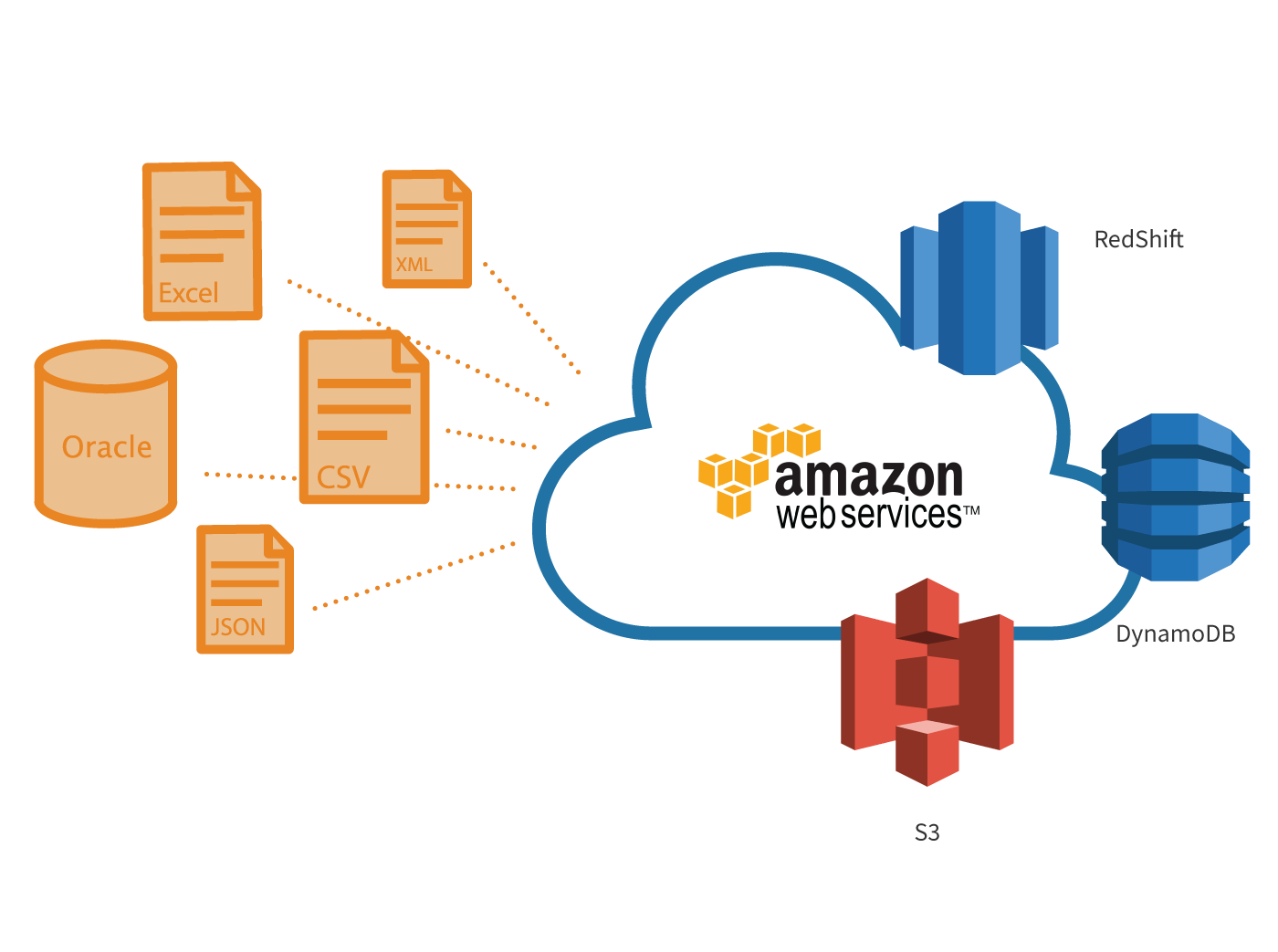Cloud computing is fast becoming the norm for the future of computing. Companies small and big are transferring their data to the cloud due to the enormous benefits they can enjoy by simply moving their business computing functions to the Cloud. AWS is the most popular cloud computing platform offered by Amazon.
The process of moving your existing data to the AWS Cloud is a process that needs concentration and focus on the part of the company, and nothing can be left to chance. The data migration may be affected by many factors. The company must provide for each one of them so that the data migration can be achieved flawlessly and the operations of the company are not affected in any way.
Here, let us see the best practices to follow for migrating to the AWS Cloud service and the preliminary things that are necessary for starting the migration and completing it successfully. By following these best practices, you can easily move the archived data into the Amazon cloud service for enjoying the benefits of being on the cloud and using the cloud-based apps for analytics. These can be achieved by you even if you do not have the required time, people, or the tools necessary to do this by your in-house team.
It is usual for the companies to have stored their data in a static form, and this will be in the form of digital tapes as they are the most common, safe, and secure, and reliable form of data storage. These data can be placed for secure storage in shelves, vaults, or underground bunkers as these data are not often used. But, in the present day of data analysis and big data processing to mine useful information for your business, you need not keep these data idle. But you can make the best use of them by transferring them to the Cloud service and subject them to analysis and make money out of the static data.
When you are not having enough infrastructure, human resources, or the right tools to migrate the data to the AWS cloud, you can make use of third-party partners who are offering this as a service.
Pre- Cloud Production Data
Production data is the data that is just created or the data that is of very recent origin, and it is still in use by the company. According to recent research, the daily generation of the production data grows at an astonishing 27% CAGR rate. The task of migrating these enormous amounts of production data is a master task that must be accomplished with care and caution as it represents the current data that is still in production.
Pre- Cloud Legacy data
This type of data is old data that is stored in some permanent storage media and this backed up, and archived data may be in different formats. They might have been created using diverse and mixed technologies or by using software solutions that are no longer in use or contained in various media types. These may be leftover in uncared storage locations on piles or pallets received by the company as the result of consolidations and mergers during its past life.
Challenges for Migration of Data to AWS Cloud
There are many challenges to be faced by the companies when they want to move the old data contained in Tapes and other conventional data storage devices of the last decades:
- Lack of resources for taking the right steps for migrating your data, especially for restoring and reconfiguring the data to the formats in which they can be migrated
- Absence of the required equipment or software applications for restoration of data from the media they are stored
- Absence of Internet bandwidth with the company for uploading the old legacy data to the AWS cloud server
- Deciding not to transfer very rarely used data to the AWS cloud
- Lack of required budget for migrating all the legacy data to the AWS cloud server
These are only some of the companies’ primary limitations while starting the process of migrating the old data to the new cloud environment. These limitations will have an impact on the overall migration process, and they must be prioritized. Sufficient workforce, equipment, and applications are made available to help the migration team go ahead with the migration and help the company enjoy the benefits of modern cloud computing.
How to Overcome These Limitations
When these limitations are allowed will hamper the progress of the migration process. It will make the entire process vitiated with incomplete migration. This will have a deteriorating effect on the company’s overall functioning and may even go to the extent of defeating the very purpose of attempting to move on to the cloud.
To prevent this from happening, you can choose a service provider that is offering data migration and data restoration services. They offer many benefits like
- Implementing data restoration and data migration through their well-known chain-of -custody facilities
- Offer very safe and secure transportation of the data containing media.
- Conduct the migration through their extensive data restoration and data migration experience
- Provide access to the cleared site secure lab services
- Ability to use their fully equipped data libraries for a successful migration
- They can handle various data storage media like optical disks, hard drives, Solid-state drives, etc.
- They can restore the data and migrate it to popular cloud-based services like Amazon Simple Storage Service (S3) or Amazon S3 Glacier Deep Archive.
With these benefits, the data migration service provider offers the following types of services like
- Migration of bulk data that has been stored on bulk data devices
- Storing the data in the safe storage facility of the service provider and then migrating the data as per the request of the company on an on-demand basis
Many service providers providing these specialized data migration services can offer the above types of solutions and some other customized solutions based on the unique requirements of the Companies.
How Data is Migrated to the Cloud Systems
In the present days, it is usual for the companies to adopt the system of migration of production data by following a-day-forward system in which the data is held in the local storage up to a particular point of time and then effecting the migration to the cloud service. In the case of legacy data, it is done in bulk quantities after converting them and restoring them to the modern formats from the older storage formats as contained in old storage media.
As such, the modern data migration process takes one of the following user cases such as
- Restoring all the data from the legacy formats and migrating them all at once to the cloud service so that all data will be available for analysis and monetization
- Restoring only a part of the legacy data to the AWS cloud and holding the remaining data on local storage, and migrate them whenever the need arises to reduce the time and effort required for migration
- Moving and holding all the legacy data in local physical data storage media and restore it to the cloud storage on an on-demand basis to achieve savings on legacy storage and retire the entire old storage media to save on the storage and resource support required for them
It is custom for most of the companies that migrate to the cloud to migrate the production data, restoring only the required parts of the legacy data, and migrating them on an on-demand basis.
The Process of Digital Tape Restoration and Migration
- Sending the data tapes along with a catalog of lists and contents of the backup media
- Data are restored, reformatted, and backed up using most modern data management software applications using the right encryptions tools and applications as per the needs.
- The files that are not cataloged are cataloged and then restored to their native formats and added to their respective directory structures, and then migration is carried out.
- Data from removable media such as USB disks can be easily accommodated for migration through the AWS Snowball or Snowball Edge.
Once these stages are completed, the data migration service provider creates a staging cache storage to the AWS cloud storage facility. On approval of the Company, the data migration is carried out. In some cases, the migration can be performed directly from the staging cache storage to the cloud servers when the migration is done on the customer site with available bandwidth.
Internet-based transfers are used when there is a need for bulk migration of data by using data shuttles to transfer the data to the AWS cloud service; when there are more data to be migrated, AWS snowballs are used in cycles to meet the requirements of the migration of the companies.
Considerations for Successful Data Migration
AWS offers data shuttles like AWS snowball Edge that can be used for easy migration of a large amount of data in the order of terabytes or petabytes. This is one of the best ways of moving a large amount of data over long distances. For secure migration, the data is restored to one of the modern media and then physically moved to a secure uploading point and then transferred to the AWS Cloud servers.
Thus, by taking necessary precautions in restoring the old data to the newer formats and then storing them in secure media and taking them for migration and carrying out the data migration to AWS through their secure uploading points using AWS snowball devices to move larger amounts of data, you can achieve successful migration to the AWS cloud in an easy and error-free manner.
Relevant Resources:
The emergence of Cloud Computing and the Tremendous Growth Of ITAD Market
The Best Way to Do Your Data Center Migration









